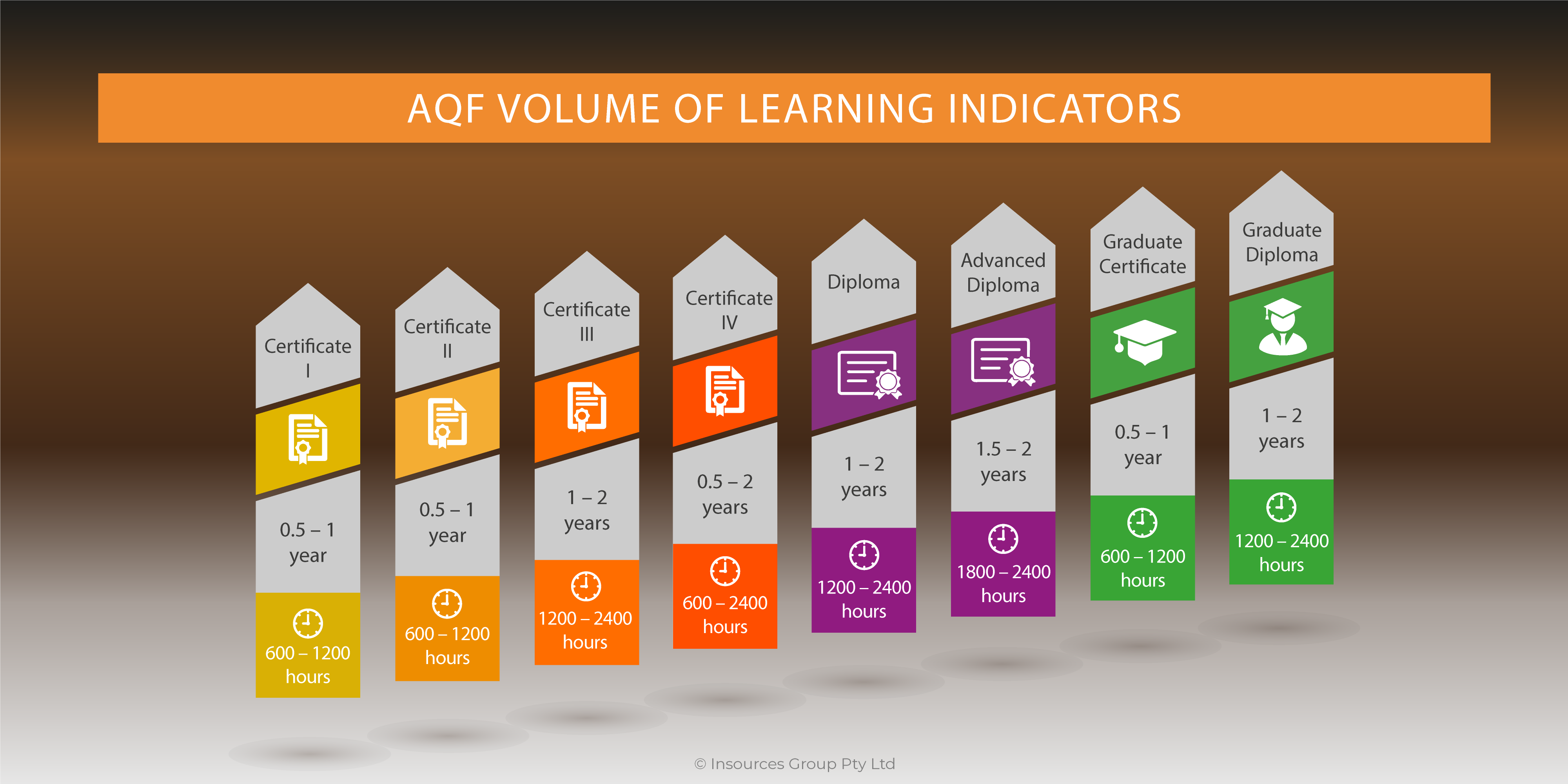Studies have shown that the use of games in training serves two purposes:
- Resetting participant concentration and energy levels. The human mind can only absorb so much information at one time. Successful training is commonly segmented into blocks of approximately 20 minutes followed by group problem solving, open discussion, and games. Using games in this way increases knowledge retention and keeps attention spans high.
- Reinforcing the practical application of new skills. The effectual execution of games plays a large role in knowledge retention. When used during training, games provide an enjoyable way of reinforcing knowledge and skill use. And when used after training as part of on-the-job reinforcement, games provide a quick and fun refresher of what was learned during training.
Games break the ice, energize, and most importantly, reinforce and review learning. Game-based learning activities build confidence, lift morale, spark enthusiasm, and ultimately, achieve results. When you’re considering whether or not to use a game in training, ask yourself if the game will do one of the following:
- Provide social interaction
- Energize the group
- Reinforce learning.
If a game you are considering does not meet one of these crucial requirements, rethink your selection.
Why Social Interaction Is Important
When participants are gathered together for classroom training, they are often meeting face-to-face for the first time. Beginning class with a game that encourages social interaction can create common bonds between participants and make them more comfortable, which promotes open speech and increased sharing.
A simple, effective, game to encourage social interaction is the “Coin Date” activity. It requires very little preparation–simply hand-out a small coin to each participant. It is helpful if the dates on the coins are in a suitable range for participant ages. Group participants into pairs and ask them to exchange basic information and share a favorite memory from the year stamped on the front of their coin. After a few minutes, ask participants to share their partner’s information. Sharing creates an immediate bond and assists participants in feeling comfortable in the group training environment.
Energize Class Participants to Reset Focus
Mixing in a game or two during extensive class time is an ideal way to rejuvenate participants and get them back on track and focused on the important material you’re teaching. Games that allow participants to stand up and move around–perhaps even laugh a little–are great ways to keep everyone fresh and focused.
Adding a competitive edge to a game is a surefire way to engage participants. “Alphabet Improv” is a variation of a popular party game in which participants have spontaneous conversations by beginning each statement with a particular letter of the alphabet. Divide the class into pairs and tell them to imagine they are in a typical work setting and are to have a conversation by alternating each statement with a consecutive letter in the alphabet. The pairs can practice and then play in front of all class participants with the winning pair receiving a prize or play less competitively in pairs. Be warned that there is usually a lot of laughing as employees struggle to begin conversations with the correct letter.
Example:
- Participant #1: All next week, our 2012 products will be on sale.
- Participant #2: Bet that will be a busy week!
Encourage participants to play quickly and spontaneously and not think too hard about what to say next.
Games to Reinforce Learning
The use of role playing games increases not only knowledge retention but also understanding by a significant rate. Training that incorporates real life scenarios for the participants makes the class experience more relevant and more likely to assist in long term behavioral change.
When creating role-playing activities, select story lines that benefit the majority of learners. Clearly state the objectives of the employees participating in the role playing exercise.
One game to reinforce learning is Luck of the Draw. Ahead of time, prepare slips of paper with a question and answer related to the material covered (include a few trivia questions). Put the slips of paper in a hat, bag, or bowl. Be sure you have enough question and answer slips so that each team has an equal number of opportunities to score points. For example, if you have 3 teams, you’d want 15, 18, 21, or 27 questions. Determine a reasonable amount of time for teams to answer questions.
Divide the class into the predetermined number of teams. Ask one member of the team to come to the front of the class and select a slip of paper. This person is to read the question to their own team. The trainer keeps score. If the team gives the correct response, they get 2 points. If the team can’t answer or answers incorrectly, the next team in rotation gets an opportunity to provide a correct answer for 1 point. This game is a fun way to both reinforce learning and energize the class.
Five Tips for Effective Game Use in Training
- Make it relevant. Align chosen games with training goals, keeping all activities on topic and engaging to participants.
- Consider your audience. When selecting games, keep participants in mind. Will prizes add excitement and encourage participation or cause the class to segment and become unruly?
- Optimize the environment. Be considerate of how participants learn, and set up games accordingly. Maximize the opportunity to learn by tailoring game usage to make even the most timid wallflower flourish.
- Watch your timing. While it is important to watch the clock – do not overdo it. Allow time for 90% of participants to finish before officially ending the activity. Ending the activity too soon will lessen its effect and allowing too much time will give opportunity for participants to lose focus.
- Create movement. Keeping a room full of people engaged for hours on end is not easy. Choose games that require movement to rejuvenate the class and get them ready for more learning.
To be competent on the job, participants must not only understand what is being taught, they must be able to demonstrate their ability to use the knowledge in a simulated, on-the-job environment. Simple, relevant games enhance traditional training methods by creating a comfortable environment for learning, keeping participants energized, and encouraging early adoption of desired performance.




